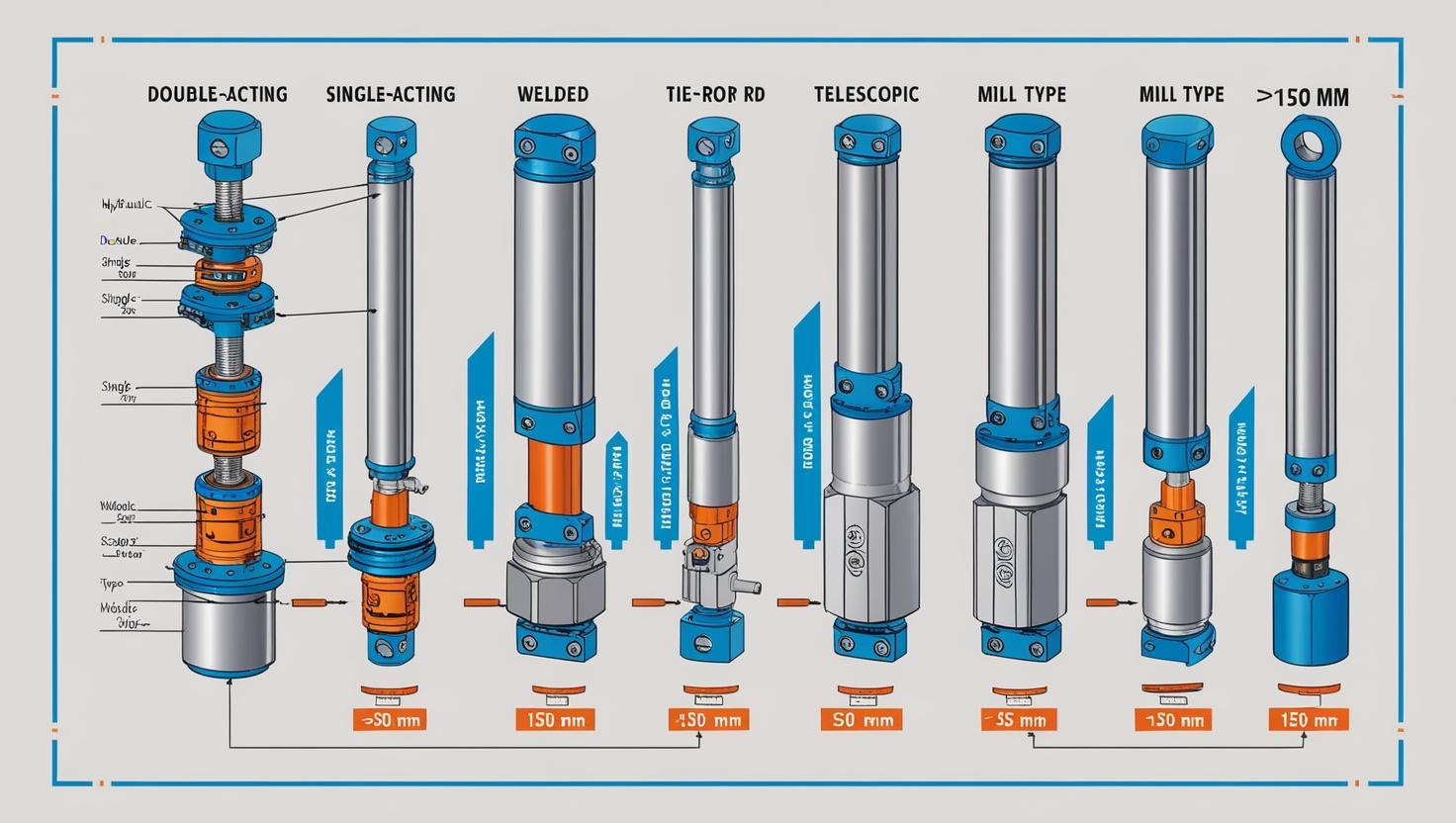The hydraulic cylinder industry is experiencing significant growth as industries worldwide increasingly embrace automation technologies. Hydraulic cylinders—key components in heavy machinery, manufacturing equipment, and industrial automation systems—are seeing heightened demand driven by the need for more efficient, powerful, and precise motion control solutions.
Automation Fuels Demand for Hydraulic Solutions
Automation is revolutionizing sectors such as construction, agriculture, manufacturing, and material handling, where hydraulic cylinders play a critical role. These components convert fluid power into linear mechanical force, enabling machines to perform tasks such as lifting, pushing, pulling, and controlling heavy loads with precision and reliability.
With factories and construction sites adopting automated equipment to boost productivity and reduce human error, the demand for advanced hydraulic cylinders capable of operating seamlessly in automated systems is rising. The integration of smart sensors and IoT technologies into hydraulic cylinders further enhances their functionality by enabling real-time monitoring, predictive maintenance, and improved safety protocols.
Technological Advancements Driving Industry Growth
Manufacturers in the hydraulic cylinder industry are innovating to meet the evolving needs of automated systems. Advances in materials, such as high-strength alloys and composites, have resulted in cylinders that are lighter, more durable, and more resistant to wear and corrosion. This extends equipment life and reduces downtime—a crucial factor in high-paced automated environments.
Download PDF Brochure @ https://www.marketsandmarkets.com/pdfdownloadNew.asp?id=252743122

Moreover, the development of compact and energy-efficient hydraulic cylinders allows for better integration into robotic arms, automated assembly lines, and mobile machinery. These innovations support the global push toward sustainable manufacturing by lowering energy consumption and reducing environmental impact.
Expanding Applications Across Industries
Beyond traditional sectors like construction and agriculture, hydraulic cylinders are gaining traction in newer markets such as renewable energy (wind turbines, solar tracking systems), aerospace, and automotive manufacturing. The flexibility of hydraulic technology to provide controlled and powerful movement makes it indispensable in these high-precision fields.
For example, in the automotive industry, automated assembly lines rely heavily on hydraulic cylinders for tasks such as pressing, bending, and clamping, ensuring consistency and quality at scale.
Market Outlook and Challenges
Industry analysts project steady growth for the hydraulic cylinder market over the next decade, driven by continued automation and the rise of Industry 4.0. However, challenges such as raw material price fluctuations, the need for skilled labor to implement advanced systems, and competition from electric actuators require manufacturers to continuously innovate and optimize their products.
The robust growth of the hydraulic cylinder industry amid rising automation trends underscores the critical role these components play in modern industrial applications. As automation continues to evolve, hydraulic cylinder manufacturers are poised to benefit from increased demand, driven by the need for reliable, efficient, and smart motion control solutions.
FAQ: Hydraulic Cylinder Industry and Automation Trends
Q1: What is a hydraulic cylinder?
A hydraulic cylinder is a mechanical actuator that uses hydraulic fluid pressure to produce linear force and motion. It is commonly used in machinery to lift, push, pull, or move heavy loads with precision.
Q2: How does automation impact the hydraulic cylinder industry?
Automation increases the demand for advanced hydraulic cylinders that can integrate with automated systems, offering higher precision, real-time monitoring, and improved reliability in industrial processes.
Q3: What are some key industries driving demand for hydraulic cylinders?
Key industries include construction, agriculture, manufacturing, automotive, aerospace, and renewable energy sectors, where hydraulic cylinders provide essential motion control.
Q4: What technological advancements are shaping the hydraulic cylinder market?
Recent innovations include the use of lightweight and durable materials, incorporation of IoT sensors for smart monitoring, energy-efficient designs, and compact cylinders suited for robotic and automated applications.
